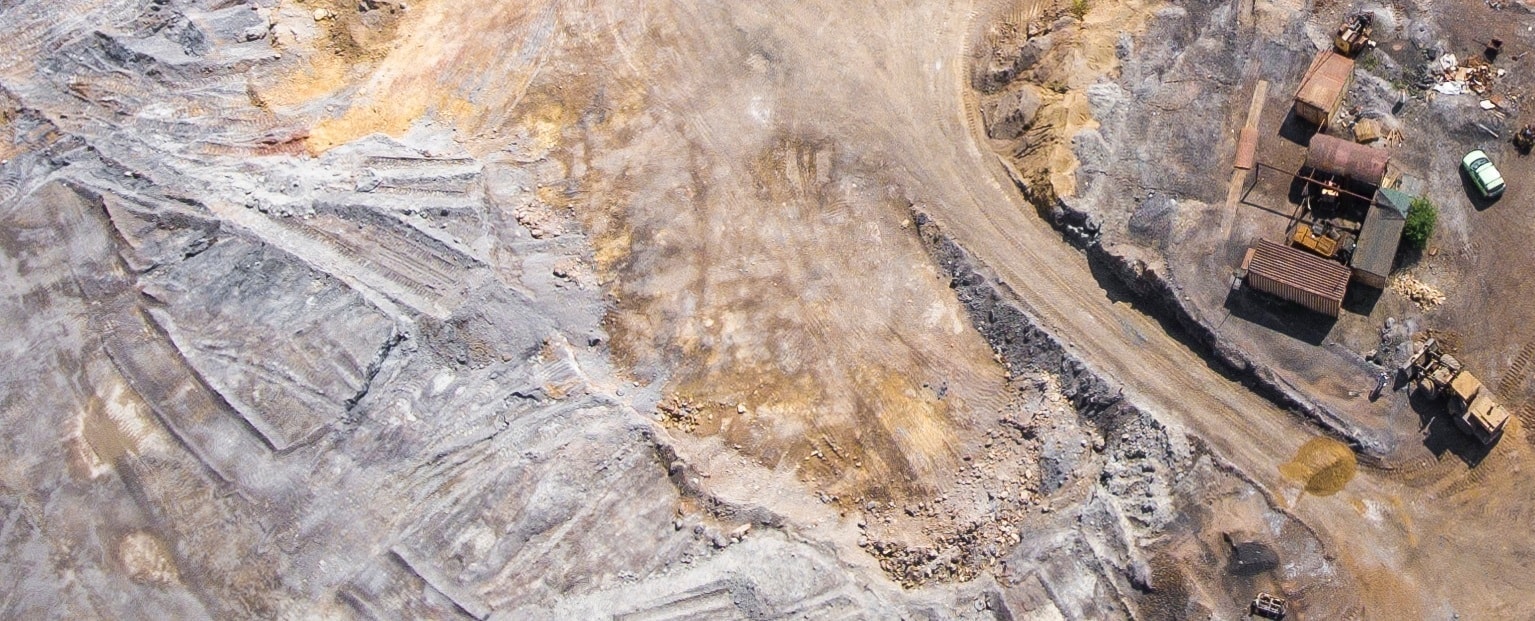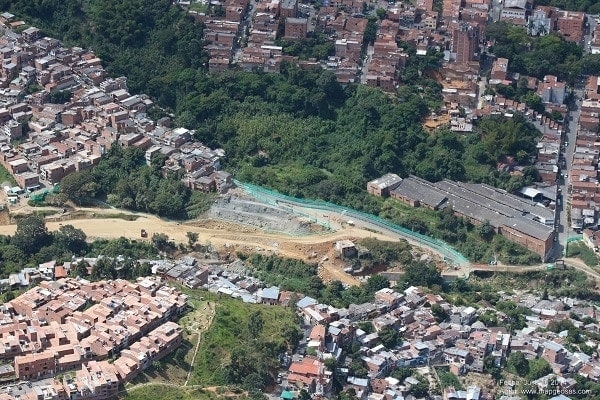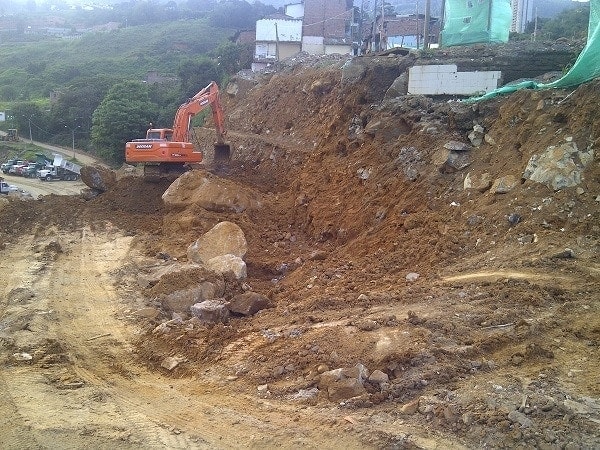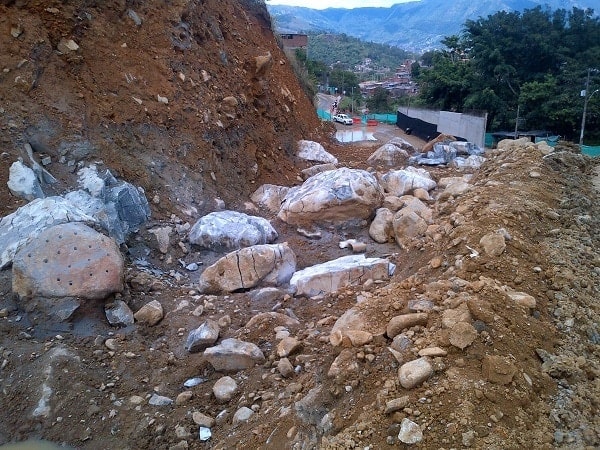
It’s a well-known fact that construction projects require excavation works. But the context is not always suitable, and the question arises: when explosives cannot be used for safety reasons, how can a hard surface be broken down?
The solution is CRAS, an expansive or demolition cement which, as the name suggests, expands and demolishes. It is a convenient and safe alternative which is used in many projects, such as the construction of the Carrera 80 motorway. With houses dangerously close to the construction site, using conventional explosives was too risky there.
The qualities of this product are rather amazing. It can safely and efficiently generate an expansive force equivalent to 7,000 tonnes, and thus demolish whatever you set your mind to. Without the need to use dynamite. But what is it exactly? Is it the same as conventional cement? And how does it work?
What is expansive cement (CRAS) ?
CRAS is a non-explosive demolition agent, a grey powder with inorganic lime as its main component, which can break up all types of rock and concrete.
What is the difference between normal cement and expansive cement?
Both materials need to be mixed with water, but the chemical reaction that occurs is different. In the case of CRAS expansive or demolition cement, it expands when mixed with water to crack and break up materials. Traditional cement, however, contracts with water, creating a uniform mixture which hardens to a stony consistency known as concrete.
What is the chemical hydration reaction and why does expansive cement works through it?
For the cement to work it must be mixed with cold water (no more than 10 to 15 ºC). Through a reaction called chemical hydration, the water forms crystals to create the new substance, expansive cement (also called a hydrate due to the fact that it contains water). Because of this chemical reaction, the new compound generates a massive expansive force of over 7,000 tonnes, causing the material to break up.
What are the steps involved when using CRAS expansive cement?
- First and foremost, use protection: safety goggles, mask and gloves.
- Having done that, the first thing to do is to drill the surface to be demolished.
- Prepare the mixture by adding approximately 30% of cold water (at a temperature of no more than 10 to 15ºC). Mix using an industrial paddle until smooth.
- Once the mixture is ready, it must be used within 30 minutes, by pouring into the holes drilled in the material.
- After 24 hours, the expansion force will be over 3,000 t/m2. This will increase gradually to over 7,000 t/m2 after 2 days, with cracking clearly visible on the material surface.
Why is the water temperature so important for the well function of expansive cement?
The chemical reaction which takes place uses water (and is therefore a hydration reaction), and temperature is crucial for the mixture to be effective. In fact, both geographical location and weather conditions must be taken into consideration. Depending on these two factors, different temperatures will be required, or even different types of expansive cement. In summer, for example, a water temperature of over 15ºC must be avoided.
What are the advantages of CRAS expansive cement?
The key advantage is that this cement allows you to break up hard materials without using dynamite, in a safe and accurate manner. Moreover, it does not cause pollution or vibrations and does not require a license or permit for use. In other words, it is more effective and efficient than dynamite. If you want to know more about the mysteries of expansive cement, write to us at @ferrovial on Twitter.








There are no comments yet